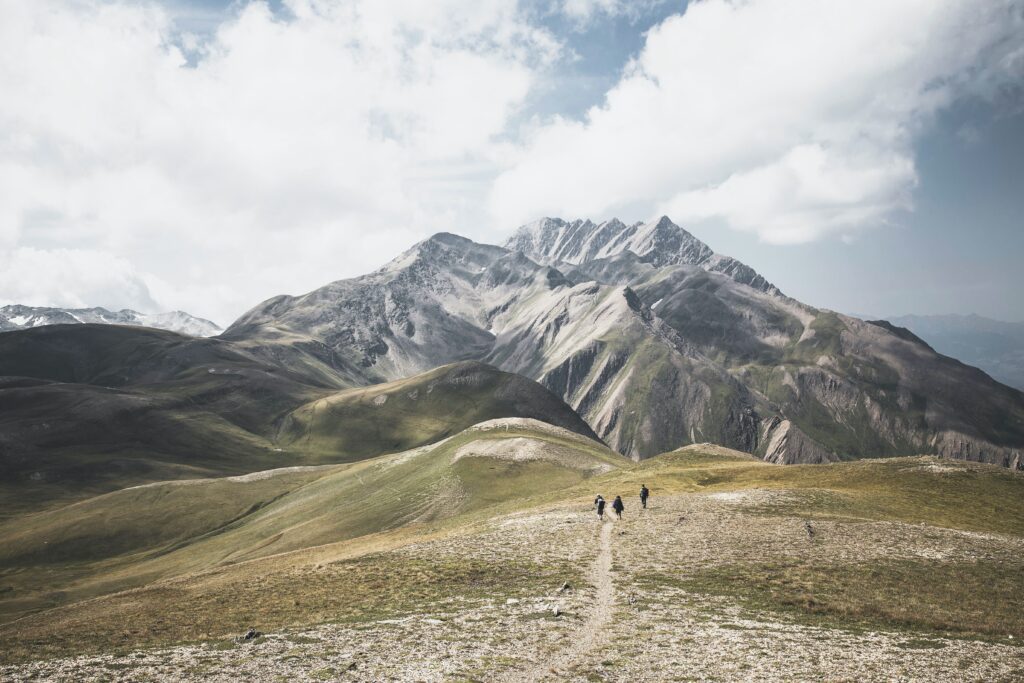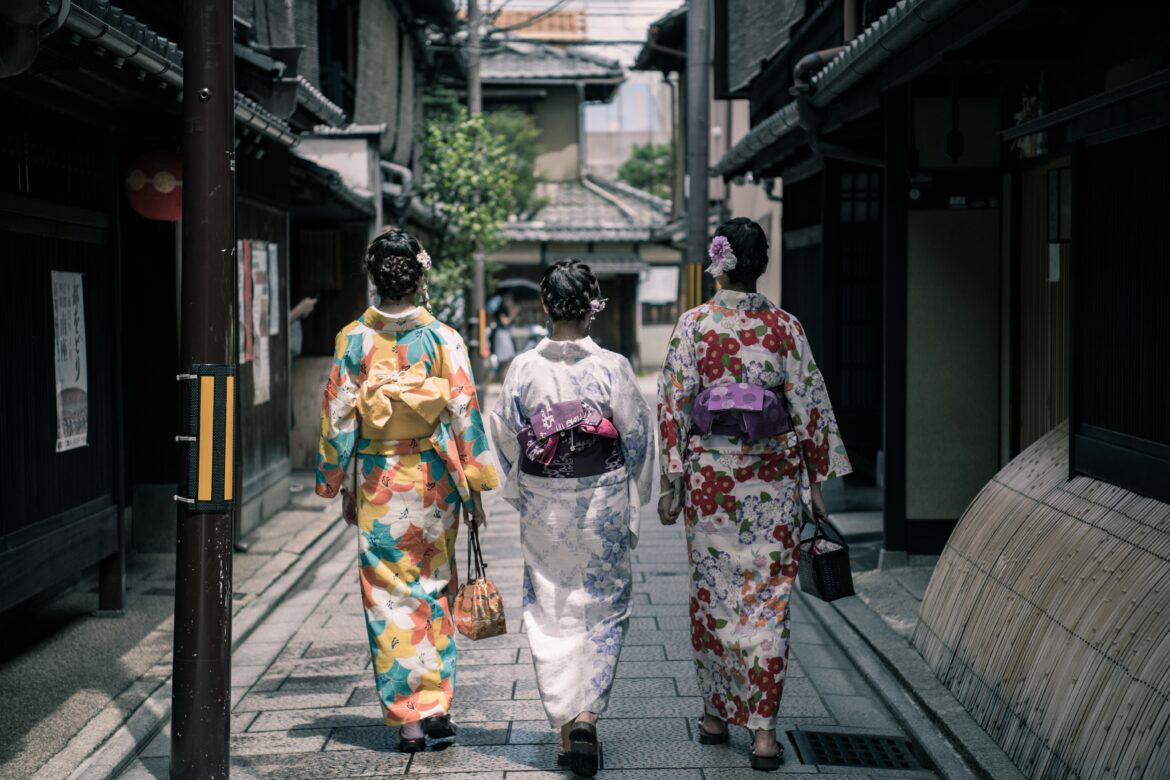Facts you should adhere to before visiting Japan
- About Japan
- Earthquake Safety Procedures
- How to Reach Japan
- How to Travel around Japan
- Best Time to Visit Japan
- Accommodation in Japan
- Drinking and Eating Styles in Japan
- Culture and Etiquettes in Japan
- Shopping Tips for Shopaholics
- Outdoor Activities to do in Japan
About Japan
Be prepared to experience some delightful disorientation as you travel around this fascinating country, where cutting-edge technology, futuristic trends, and up-to-the-minute style coexist with ancient gods, customs, and craftsmanship. This compilation of astonishing facts about the country demonstrates Japan as a nation of contrasts and shocks.
High-speed trains take you quickly and precisely from one end of the nation to the other. You can see a farmer tending to his paddy field in the suburbs of a large city before turning the corner and finding yourself next to a (video) games arcade with neon decorations. Depending on the season, you might spend one-day browsing clothing in a boutique created by a distinguished architect and unwinding in an outdoor hot tub the next day while watching cherry blossoms or snowflakes fall.
Earthquake Safety Procedures
The following safety precautions should be followed if you should have the misfortune to encounter more than a little rumble:
- Turn off electrical devices and put out any fires.
- It would help if you opened any exit doors because they frequently get wedged shut and obstruct your escape.
- Avoid windows because they could splinter. If you have time, close the drapes to keep the glass inside.
- Avoid rushing outside since falling masonry can cause serious injuries; cover beneath a desk or ground-floor doorway.
- Run to the closest park or another open area if you are out when the earthquake strikes.
- Make sure you have a torch in case an earthquake happens at night.
- Take your valuables and documents to the closest open area once the tremors have subsided. Take a cushion or pillow to shield your head from flying glass.
- Finally, proceed to the local neighborhood emergency center and contact your embassy.
How to Reach Japan
The primary international flight gateways are Narita International Airport in Tokyo, Kansai International Airport in Saitama, and Centrair near Nagoya. Haneda Airport in Tokyo is also expected to offer more international connections over the following years.
When seats are in great demand, airfares are at their highest around the Golden Week holiday period in early May, the Obon festival in mid-August, Christmas, and New Year’s. The “shoulder” seasons, which run from April to June and September to October, see a decline in prices. The low seasons, which run from January to March and November to December, offer the best bargains (excluding Christmas and New Year).
How to Travel around Japan
When planning your transportation in Japan, it’s crucial to consider the season. The few days immediately following New Year’s, the Golden Week vacations in late April and early May, and the Obon holiday in the middle of August is the busiest travel times ( for further details of public holidays). During these periods, Japan can appear to be constantly moving because of the congested roads and overcrowded trains, planes, and ferries. Since all discounts are suspended during busy times, make your airline reservations well in advance and be ready to pay more.
All modes of transportation can be reserved through domestic travel firms like JTB, which are also good places to look up schedules. The jikokuhy program, a fantastic resource of information about almost every type of public transportation in Japan, is available to the personnel of these organizations. The jikokuhy is always accessible for consultation at stations, and most hotels keep a copy. If you plan to travel across Japan frequently, pick up a JR English timetable, available at major railway stations and JNTO offices in Japan and abroad, and includes schedules for all Shinkansen and many critical express train services.
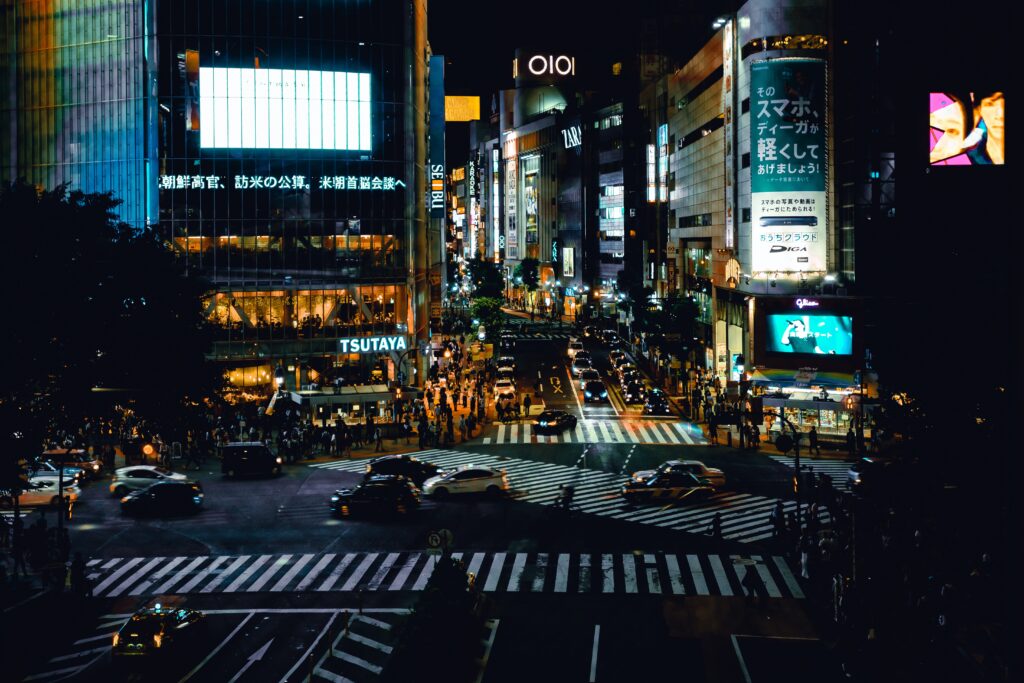
Best Time to Visit Japan
The most significant time to visit Japan depends on where in the nation you’re going and what you want to fit into your itinerary. But spring and autumn are generally the best times to avoid a monsoon soaking. Traveling in the spring is also the most fantastic time to witness the magnificent cherry blossoms that burst into bloom across the nation. Winter sports fans are drawn to Japan’s top-notch ski slopes, while summer brings beach hopping, watersports, and fantastic mountain trekking.
When choosing the best time to visit Japan, the weather is one of the most pivotal factors. The country’s varied geography produces a wide range of weather patterns, from subarctic in the north to equatorial in the deep south. The mountains and warm surrounding waters, which provide a lot of rain and snow, most affect Honsh’s climate.
Accommodation in Japan
Make reservations for at least your first few nights of lodging before traveling, especially in Tokyo and Kyoto, where there aren’t many affordable hotels or minshuku (family-run B & B-style inns). Use the free lodging reservation services at Narita and Kansai International airports if you arrive without a reservation.
The personnel at your present lodging can assist you if you’re having trouble. Online reservations are an option, and they frequently result in a little reduction in hotel rates. Significant chains and establishments hosting visitors from outside typically have English-language pages.
Security is almost always not a concern; leaving valuables unattended in your room is never advisable. If available, it is recommended to use lockers in hostels or leave valuables at the front desk. Different service and cleanliness standards apply depending on the establishment type, but they are typically more than sufficient. Check-out is often around 10 am, and check-in generally is between 4 pm and 7 pm.
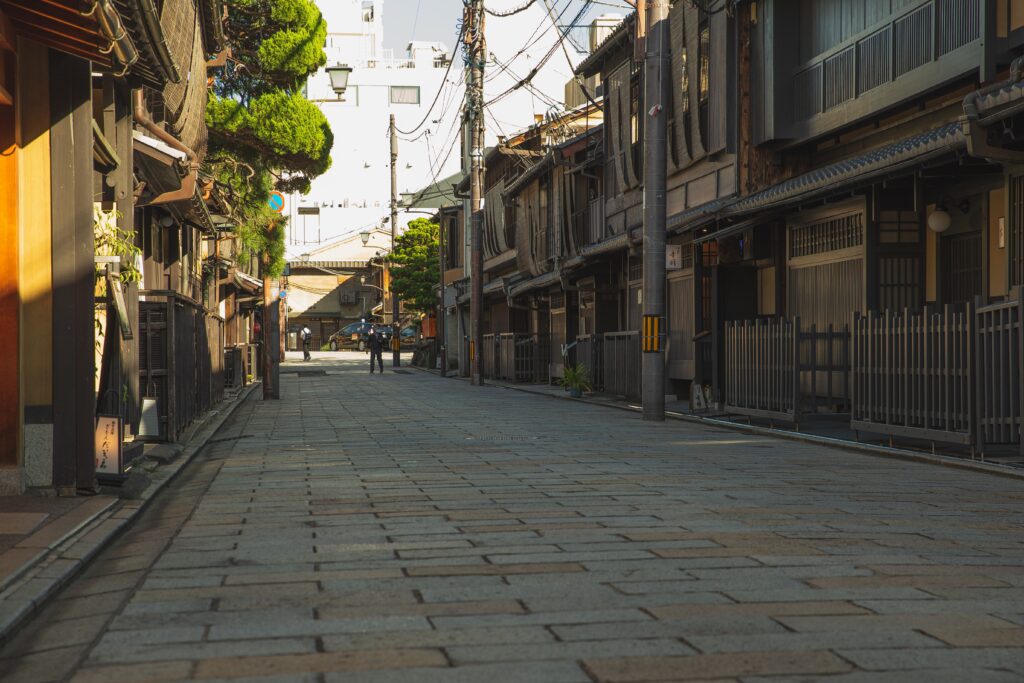
Drinking and Eating Styles in Japan
Experiencing the entire and diverse spectrum of Japanese cuisine and drink is one of the greatest delights of visiting Japan. Although foods like sushi and tempura are now widely consumed around the globe, there are thousands of different regional foods that will be novel and mouthwatering discoveries. Many Japanese foods exhibit a subtlety of flavor and combination of textures uncommon in other cuisines. The presentation is frequently so perfect that it feels disrespectful to the chef to consume something that has been so painstakingly created.
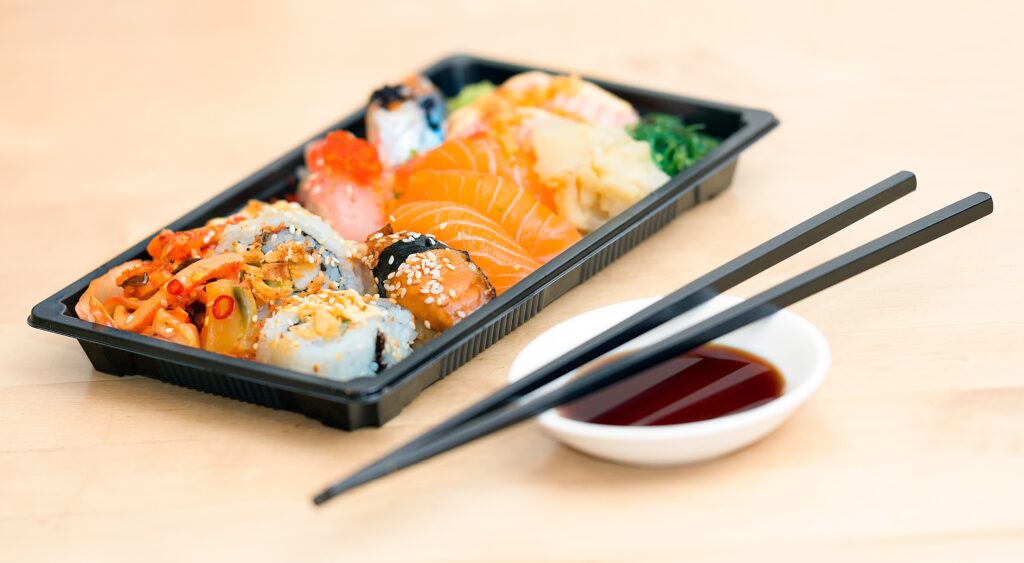
Japanese people are likelier to eat hearty, inexpensive foods like kara raise (curry rice), bowls of ramen noodles, and fried chicken and hamburgers from ubiquitous Western-style fast-food restaurants. Chopsticks are one small component of the dining experience when eating delicate morsels. Every major city has a wide variety of eateries selling Western and other Asian cuisines, with Tokyo, Kyoto, and Osaka being particularly popular with foodies. Each region also has its unique culinary traditions.
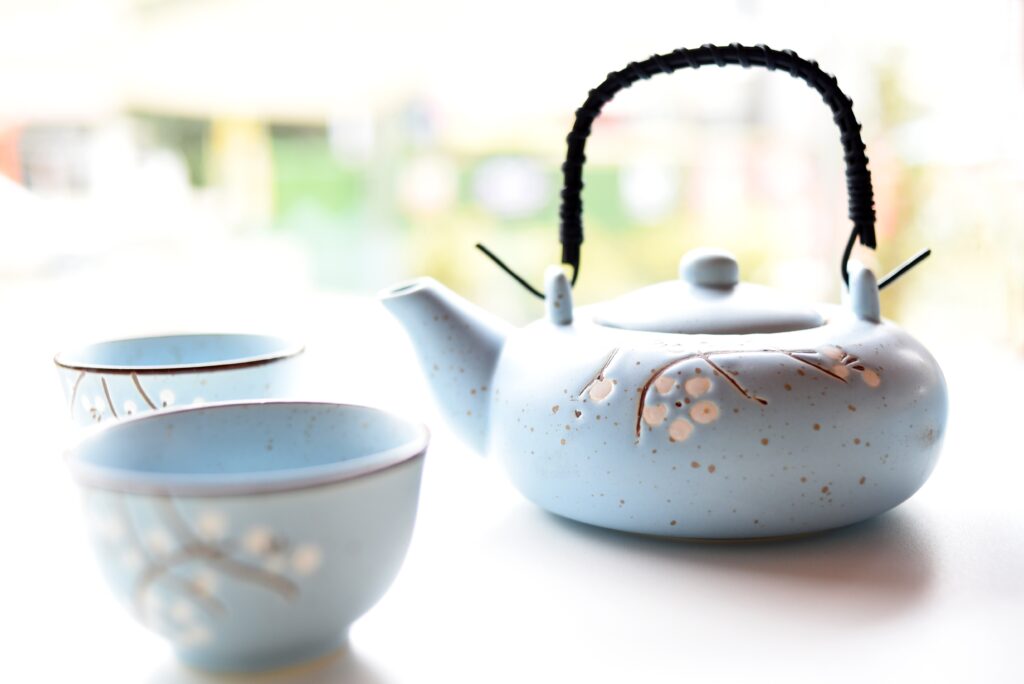
People in Japan enjoy drinking in groups. Even if, in general, intoxication rarely results in violence, it is not uncommon to witness completely inebriated individuals sprawled in the street. You can find a wide variety of canned drinks, both hot and cold, in a coffee shop (kissaten) or a vending machine (did hambaiki), albeit canned tea and coffee are frequently exceedingly sugary. A red stripe under the display indicates a hot drink, whereas soft drinks from machines typically cost 110 yen.
Culture and Etiquettes in Japan
Ladies shouldn’t expect that doors will be held open or seats will be left vacant because Japan is a rigidly hierarchical society where men traditionally have more power than women. Foreign women working in Japan may experience difficulties due to the corporate culture’s predominance of men and rampant sexual discrimination.
On crowded trains or buses, people frequently shove and push one another. Never respond with anger or aggression, as this is a total loss of face. A direct “no” is less polite than a natural “maybe,” so keep your ideas to yourself or refrain from contradicting others bluntly.
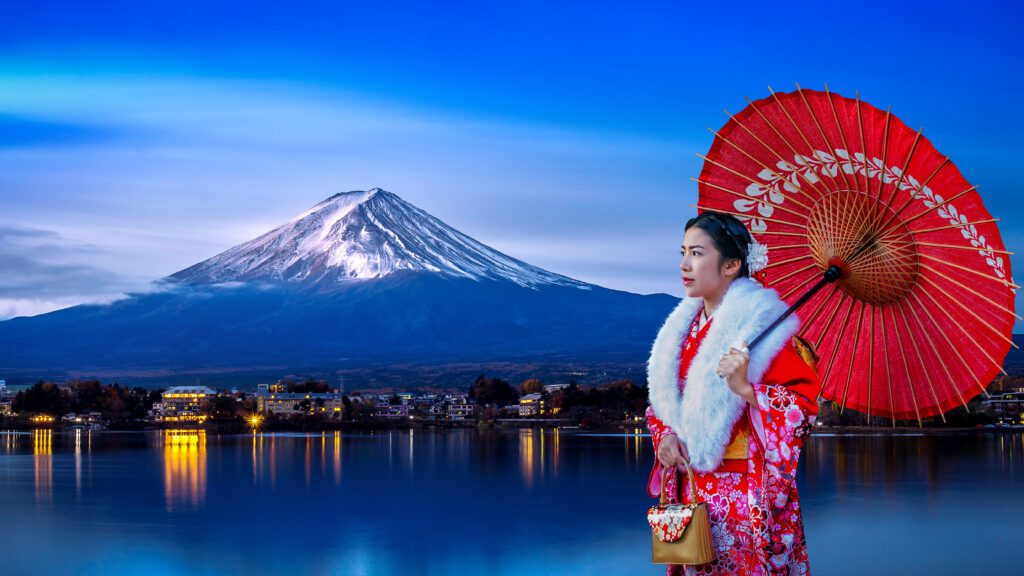
Japanese people bow profusely whenever they meet, thank someone or bid farewell. The two people’s respective status affects the precise depth of the bow and how long it is held. A slight nod or a brief half-bow typically serves as a compromise. If a Japanese person offers you their hand to shake—especially one who is more accustomed to Western customs—treat it lightly; they won’t be anticipating a firm hold. Although bowing is not demanded of foreigners, it is incredibly contagious, and you will soon find yourself bobbing with the best of them.
Shopping Tips for Shopaholics
Shopping in Japan’s enormous department shops and bustling discount stores is a vital part of local life that should be noticed, even if you’re not a devoted consumer. The latest modern devices, lacquered chopsticks, and delicate handmade paper may all be found in Japan, along with some of the most alluring gifts in the entire globe.
All prices are set, except a few discounts at electrical stores and flea markets where haggling is permitted. Make sure you have plenty of cash because, shockingly, few stores accept credit cards, and even fewer accept cards from other countries.
Shops often open from 10 am or 11 am until 7 pm or 8 pm. Smaller businesses typically close on public holidays, and most stores close one day per week—not usually on Sunday. Even the tiniest villages have late-opening convenience stores, and most towns and cities have stores that are open 24/7, frequently close to the train station.
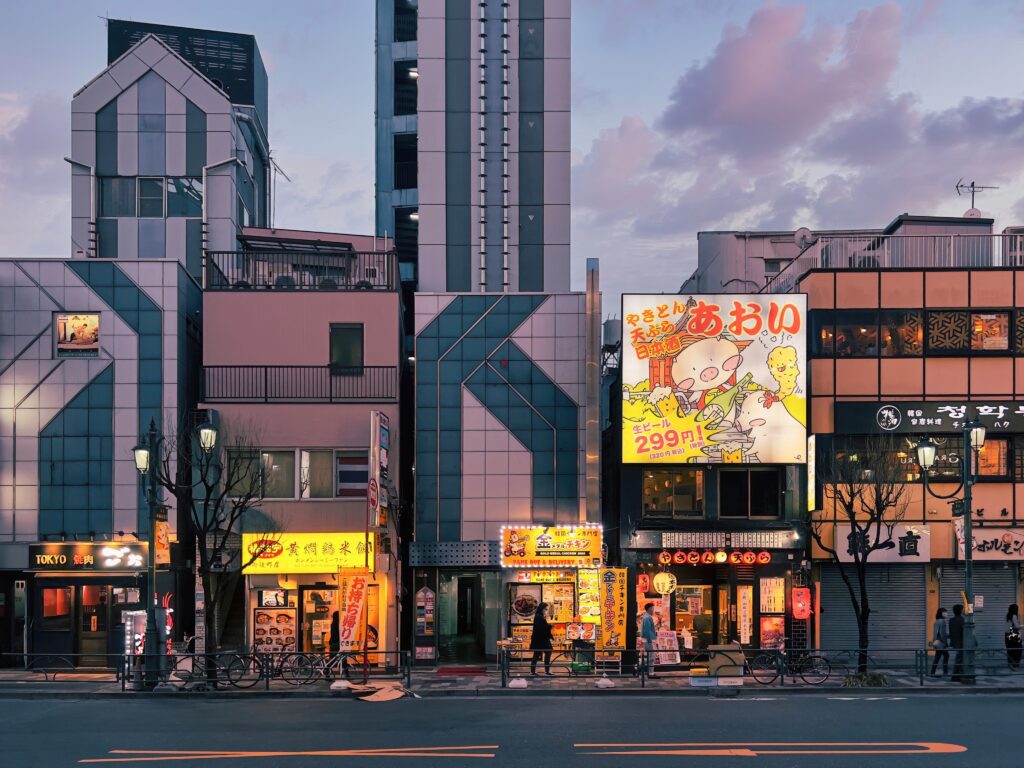
Outdoor Activities to do in Japan
The Japanese take numerous sports very seriously and are big believers in teamwork. Baseball is more well-liked than domestic sumo, with soccer following closely behind both. Aikido, judo, and karate are three traditional Japanese martial disciplines that are significantly less well-known than you might think. Tokyo is the most fantastic city in the nation for watching or learning these old sports because of its numerous DJ (practice halls). There is a comprehensive list of DJs in Tokyo’s TICs that welcome guests to observe practice sessions without charge.
- Baseball
Baseball was introduced to Japan in the 1870s, but the first professional clubs started in 1934. Now that baseball is popular in Japan consider attending a professional game if you’re there between April and the end of October. The energetic atmosphere and audience passion can be contagious even if you’re not a fan.

- Soccer
The JL Yamazaki Nabisco Cup is contested by all 16 clubs that compete in the top J1 league and 12 clubs that compete in the J2 league. With an August break, games are played between March and October. There are also more competitions and cups, like the JOMO Cup, in which fans select the players on their ideal teams from the J-League roster.

- Aikido
Aikido combines judo, karate, and kendo to create a non-contact self-defense system that combines a sport and a religion that translates as “the way of harmonious spirit.” Given that it was initially developed in Japan in the twentieth century, it is one of the more recent martial arts and is often practiced without using weapons. Read Robert Twigger’s Angry White Pyjamas for an amusing and brutally enlightening perspective on the struggles of aikido training.
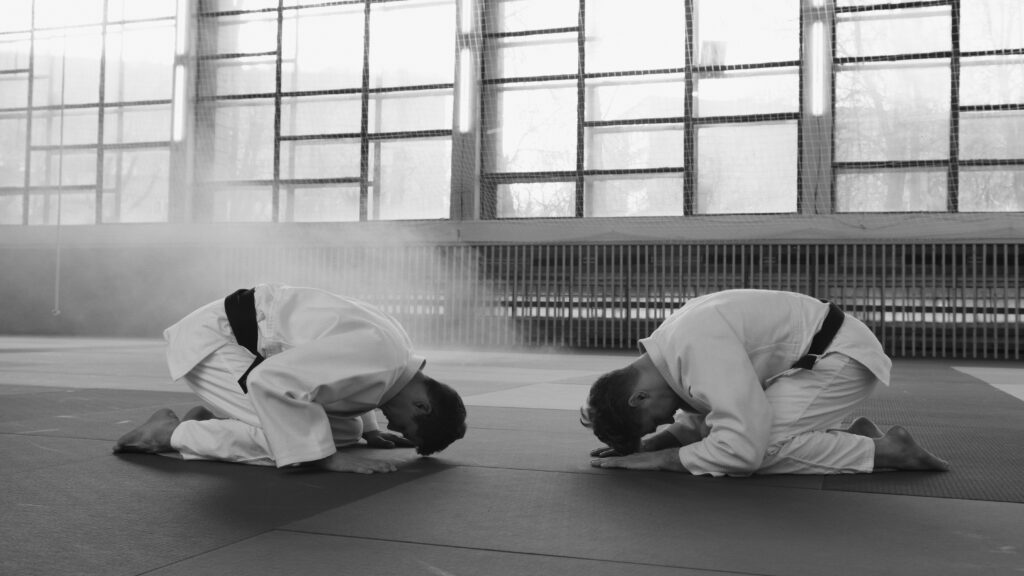
- Skiing and Snowboarding
It is simple to plan a day excursion to the slopes even on the shortest vacation to Japan because many of the major resorts on Honshu are only a few hour’s train ride from Tokyo, Nagoya, or Sasaki. The northern island of Hokkaido, which contains some of the nation’s top ski resorts, should be the destination for serious skiers.
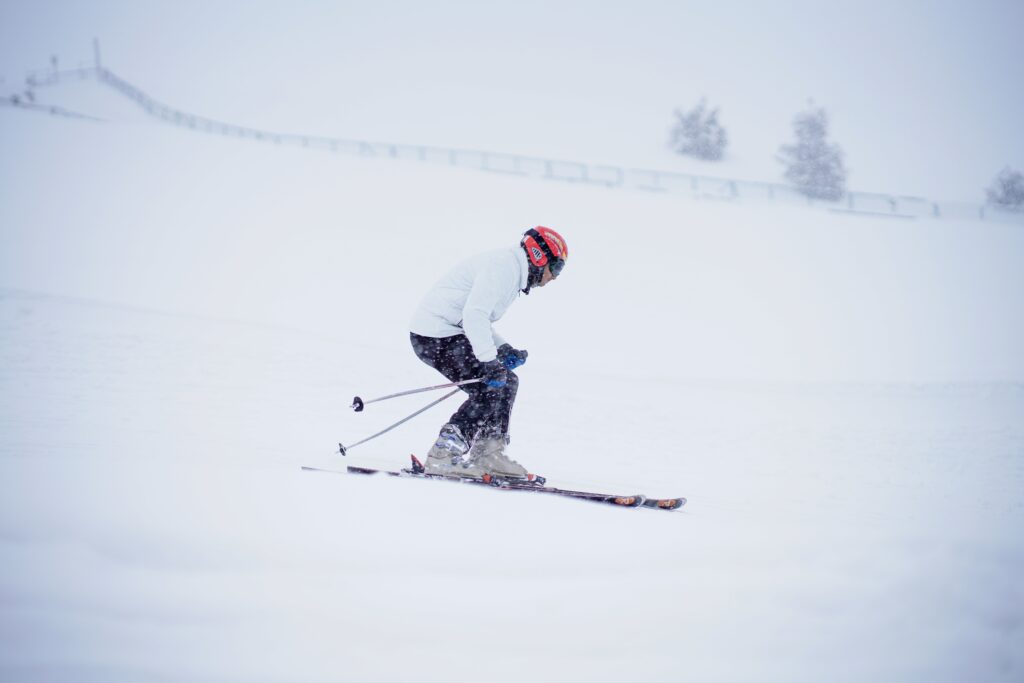
- Mountaineering and Hiking
Prime highland beauty sites like Kamikchi are now so well-liked by day hikers and serious mountaineers that they run the risk of being overrun. Numerous national parks and other protected areas are also present, and one of the great pleasures of visiting Japan is exploring these and other lovely rural places on foot. However, remember that weekends and holidays might be highly congested in those places adjacent to cities. If possible, visit during the week or when the trails are less busy.
